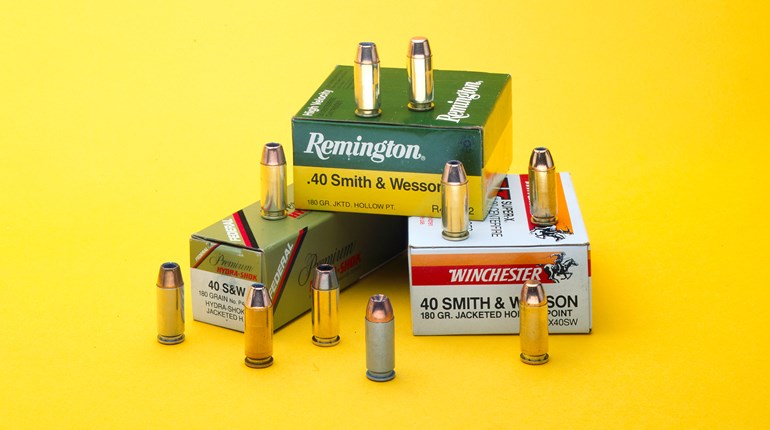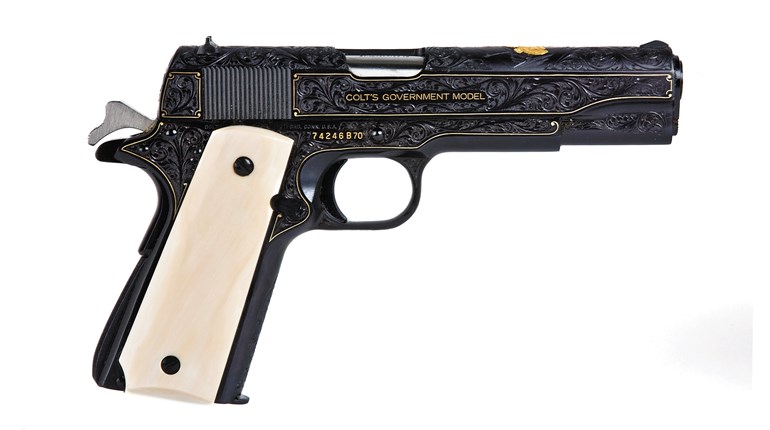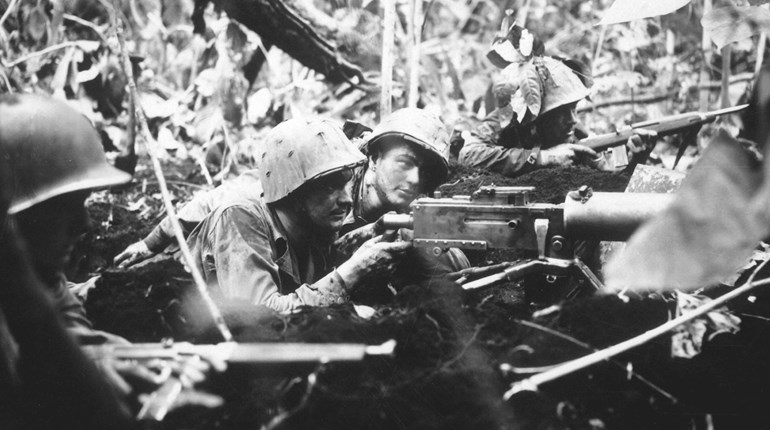
The grip contour of the Colt Peacemaker was not accidental, nor done purely for style—it eases recocking the fired pistol.
I was a thoroughly confused young gun buff when I left the old United Artists theater that summer afternoon. It was a quiet weekday, and the first time I had been allowed to walk the six or seven blocks to see a movie on my own. The cost of my little expedition was defrayed with pocket change and included enough for a Hershey bar. The film was a Western, which eventually became my all-time favorite type of movie. But, I was completely confused and sort of betrayed by the actions of the leading actor. Since the film was a Western and involved personal differences resolved by the universal tool of the Western genre—the six shooter—why didn’t the hero have one?
This was 1941, the movie was “Stagecoach,” the Ringo Kid was played by a curly headed John Wayne, and I was too naive to grasp the subtlety of his armament. Director John Ford made Ringo all the more believable a character by arming him with a Winchester ’92 carbine. The gun used a rounded lever with which Wayne could spin-cock the lever-action arm. It is true that Ringo won the dramatic final battle with three carbine shots, but I had to reconcile my misgivings about his firearm. I reasoned that he was late in line for the actors to be issued guns and they ran out of Peacemakers.
If that were true, he was never late again. John Wayne made many Western movies in the course of a long and distinguished career. In many, he carried that loop-levered Winchester carbine in a saddle scabbard or in his hand. But, he also carried a rather battered Peace- maker in a high-riding Tom Threepersons holster. The smooth butt of that legendary revolver rising out of the worn leather is iconic.
It is also the history of the development of a major firearm type. The series of revolvers emanating from Sam Colt’s armories began in 1839 and progressed from caplock to cartridge guns. Cartridge-firing handguns were in their infancy during the American Civil War, but the many thousands of revolvers of that conflict were almost universally equipped with single-action triggers. This means that trigger pressure accomplishes the single function of releasing the hammer to fire a shot. The pistolero must manually cock the revolver’s hammer.
The shape of the revolver’s hammer is intended to make cocking easier. It is a high-riding, shallow “S” curve. With the revolver in a firing grip, the shooter finds the checkered spur of the hammer is in close contact with his thumb. A slight rolling motion of the thumb brings the hammer to full cock. Trigger pressure will now fire the gun. At this point, the shape of that colorful butt does the shooter another service.
A profile view of the butt shows an outward flare down and behind the trigger guard. There’s a similar flare at the backstrap. Also, the grip panels are flared outward at the bottom. The shooter’s hand wraps around the Peacemaker grip with three fingers: middle, ring and little. The index finger goes to the trigger, and the thumb closes the grasp. Notice that the longest (middle) finger is on the narrowest circumference on the grip. It would seem that it ought to be the other way around, but Colt has been making these things the same way for 150 years. It is almost as though the gun was designed to slip in your hand. It was—so the gun could reposition itself in your hand for cocking. I don’t see how you can shoot any of the more popular centerfire calibers, have the gun turn muzzle up and not come to the same conclusion. Guys who fire Peacemakers all the time usually don’t even think about the sequence. But, it is there.
I most strongly believe there’s a pitcher full of nostalgia in the recipe for every Peacemaker that comes out of Colt’s current armory. Aside from those SASS shooters who spend both time and money honing the skills of yesteryear, there’s scant practical value to the gun or the techniques of handling same. No matter. To pack a Peacemaker is to hold history in your hand—and just possibly fightin’ iron.




































